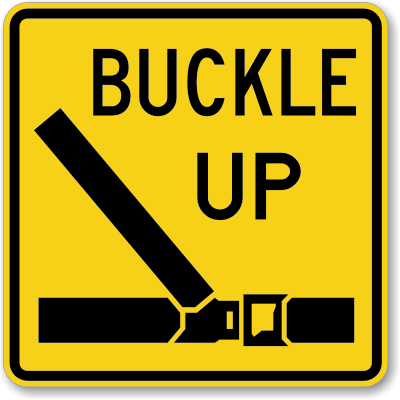 Motor vehicle-related injuries are a leading cause of death for people in the United States. Worldwide, road traffic crashes are the leading cause of death for people between the ages of 15 and 29. CDC is using science to better understand this problem and develop programs and policies that will change behavior to keep drivers, passengers, bicyclists, and pedestrians safe on the road every day.
Motor vehicle-related injuries are a leading cause of death for people in the United States. Worldwide, road traffic crashes are the leading cause of death for people between the ages of 15 and 29. CDC is using science to better understand this problem and develop programs and policies that will change behavior to keep drivers, passengers, bicyclists, and pedestrians safe on the road every day.
Tag: motor vehicle crashes
Older Drivers – How Aging Affects Driving
 As people get older, their driving patterns change. Retirement, different schedules, and new activities affect when and where they drive. Most older adults drive safely because they have a lot of experience behind the wheel. But when they are involved in crashes, they are often hurt more seriously than younger drivers. Age-related declines in vision, hearing, and other abilities, as well as certain health conditions and medications, can affect driving skills.
As people get older, their driving patterns change. Retirement, different schedules, and new activities affect when and where they drive. Most older adults drive safely because they have a lot of experience behind the wheel. But when they are involved in crashes, they are often hurt more seriously than younger drivers. Age-related declines in vision, hearing, and other abilities, as well as certain health conditions and medications, can affect driving skills.
via NIHSeniorHealth: Older Drivers – How Aging Affects Driving.
Speeding Can Be Deadly
 Speed is involved in about one out of three fatal crashes. It is the third leading contributing factor to traffic crashes. But while injuries and fatalities due to other dangerous behaviors, such as driving while impaired and not wearing seatbelts, have been significantly reduced, speeding is still a challenge.
Speed is involved in about one out of three fatal crashes. It is the third leading contributing factor to traffic crashes. But while injuries and fatalities due to other dangerous behaviors, such as driving while impaired and not wearing seatbelts, have been significantly reduced, speeding is still a challenge.
Don’t be a Dummy – Use a Safety Belt in the Back Seat
 People sitting in back seat should use safety belts for the same reasons they should use them in the front seat: to reduce serious injuries and fatalities in a crash. Lap and shoulder belts reduce the risk of fatal injury by 44 percent among back-seat outboard occupants in passenger cars and 73 percent among back-seat outboard occupants of vans and SUVs. In a frontal crash, drivers and front-seat passengers are at increased risk of injury from unbelted back-seat passengers, and in a side-impact crash, passengers sitting adjacent to unbelted passengers are at increased risk of injury. Exposure to unbelted occupants increases the risk of injury or death to other occupants in the vehicle by 40 percent.
People sitting in back seat should use safety belts for the same reasons they should use them in the front seat: to reduce serious injuries and fatalities in a crash. Lap and shoulder belts reduce the risk of fatal injury by 44 percent among back-seat outboard occupants in passenger cars and 73 percent among back-seat outboard occupants of vans and SUVs. In a frontal crash, drivers and front-seat passengers are at increased risk of injury from unbelted back-seat passengers, and in a side-impact crash, passengers sitting adjacent to unbelted passengers are at increased risk of injury. Exposure to unbelted occupants increases the risk of injury or death to other occupants in the vehicle by 40 percent.
via IIHS-HLDI.
Seat Belts Save Lives
 Although safety belt usage continues to increase, many groups of people, especially teens, still are not buckling up. In 2009, 67 percent of the passenger vehicle occupants ages 13 to 15 killed in motor vehicle crashes were not using restraints – the highest percentage out of all age groups. Keep your family safe by always buckling up and setting an example that will have a lasting impact on your children.
Although safety belt usage continues to increase, many groups of people, especially teens, still are not buckling up. In 2009, 67 percent of the passenger vehicle occupants ages 13 to 15 killed in motor vehicle crashes were not using restraints – the highest percentage out of all age groups. Keep your family safe by always buckling up and setting an example that will have a lasting impact on your children.
via Motor Vehicle Safety – Distracted Driving, Teen Driving, Aggressive Driving.
